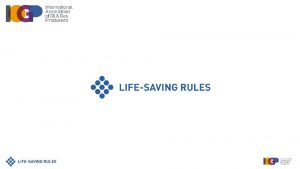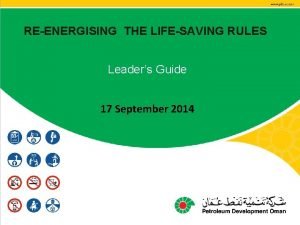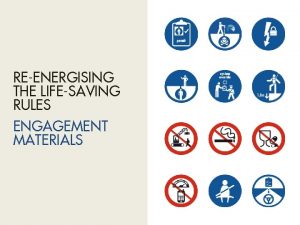The Allocation of Exotic Medical Lifesaving Therapy NICHOLAS









![Groups of Factors in Selection Stage • Biomedical Factors [A + B] • Familial Groups of Factors in Selection Stage • Biomedical Factors [A + B] • Familial](https://slidetodoc.com/presentation_image_h/7f85e206a9209742cc1a14165f37cdbb/image-10.jpg)




- Slides: 14

The Allocation of Exotic Medical Lifesaving Therapy NICHOLAS RESCHER

I. The Problem There is a scarcity of life saving resources. • “Spare-parts” (i. e. Hearts) • Technology (i. e. dialysis machines) • Personnel (i. e. qualified doctors to perform operations)

Whose Life to Save? • Hippocratic Oath • Right to an acceptable explanation • Rational Guidelines

II. Two Types of Criteria • Criteria of Inclusion • Criteria of Comparison

Categories of individuals needing treatment: Category C Category A Category B Criteria of Inclusion

Individuals within chosen category: Category B Criteria of Comparison

III. Essential Features of an Acceptable ELT Selection System 1. 2. 3. 4. 5. Simple Plausible Justified Rationally Defensible Fair

IV. The Basic Screening Stage: Criteria of Inclusion (and Exclusion) A. Constituency Factor B. The Progress-of-Science Factor C. The Prospect-of-Success Factor

V. The Final Selection Stage: Criteria of Selection A. The Relative-Likelihood-of-Success Factor B. The Life-Expectancy Factor C. The Family Role Factor D. The Potential Future-Contributions Factor (Prospective Service) E. The Past Services-Rendered Factor (Retrospective Service)
![Groups of Factors in Selection Stage Biomedical Factors A B Familial Groups of Factors in Selection Stage • Biomedical Factors [A + B] • Familial](https://slidetodoc.com/presentation_image_h/7f85e206a9209742cc1a14165f37cdbb/image-10.jpg)
Groups of Factors in Selection Stage • Biomedical Factors [A + B] • Familial Factor [C] • Social Factors [D and E] Medical Ethical

VI. More than Medical Issues are Involved Should non-doctors be involved in the decision making? • Medical Knowledge? • Social Interest? Proper Perspective

VII. The Inherent Imperfections (nonoptimality) of Any Selection System There is no “optimal system”, because this is the state of affairs: 1. A system is necessary 2. The system must take A-E into substantial and explicit account 3. The factors cannot be fixed in one particular way

VIII. A Possible Basis for a Reasonable Selection System Percentages Person A Score Person B % * Score A: Success Probability 25% 45 11. 25 90 22. 5 B: Length of Life 25% 45 11. 25 80 20 C: Family Role 16% 90 14. 4 10 1. 6 D: Future Contribution 16% 20 3. 2 40 6. 4 E: Past Services 16% 50 8 15 2. 4 Total Selection Score: 48. 1 52. 9

IX. The Desirability of Introducing an Element of Chance 1. First Phase Selection Group 2. Second Phase Selection Group 3. “Lottery of life and death” # of Patients # of resources X = 200, 000 Y= 5, 000 X 1 = 10, 000 Y= 5, 000 X 2 = 6, 000 Y= 5, 000 X 3 = 5, 000 Y= 5, 000
 Contiguous allocation vs linked allocation
Contiguous allocation vs linked allocation Parable of the lifesaving station
Parable of the lifesaving station Lsr iogp
Lsr iogp Pdo life saving rules
Pdo life saving rules Lifesaving
Lifesaving Personal life saving appliances
Personal life saving appliances Lifesaving rules
Lifesaving rules Parable of the workers in the vineyard lesson
Parable of the workers in the vineyard lesson Lifesaving rules
Lifesaving rules Psychodynamic and humanistic therapies have in common
Psychodynamic and humanistic therapies have in common Bioness integrated therapy system price
Bioness integrated therapy system price Humanistic therapy aims to
Humanistic therapy aims to Exotic species definition
Exotic species definition Exotic species meaning
Exotic species meaning Romsnticism
Romsnticism


























